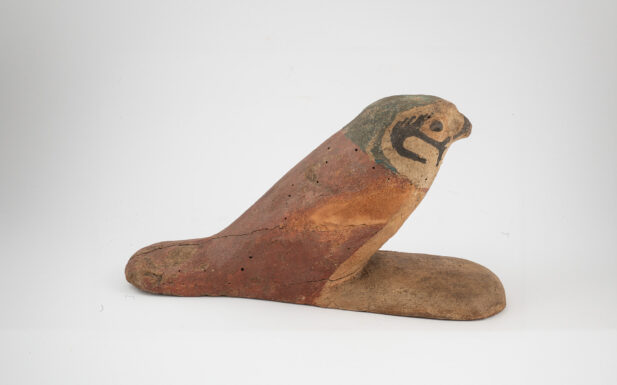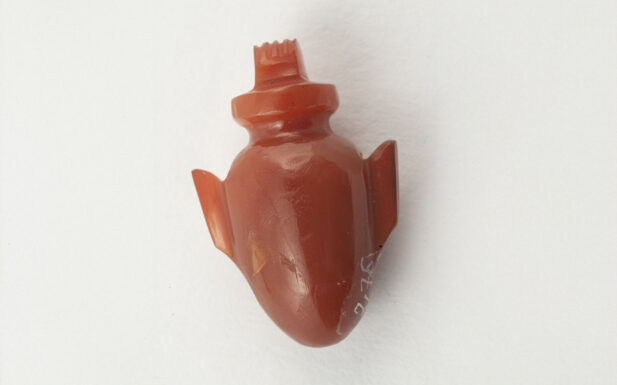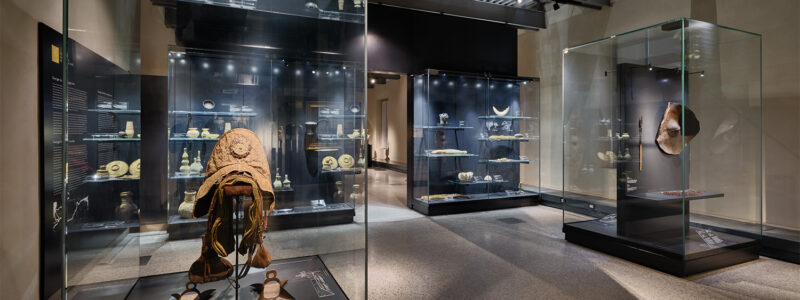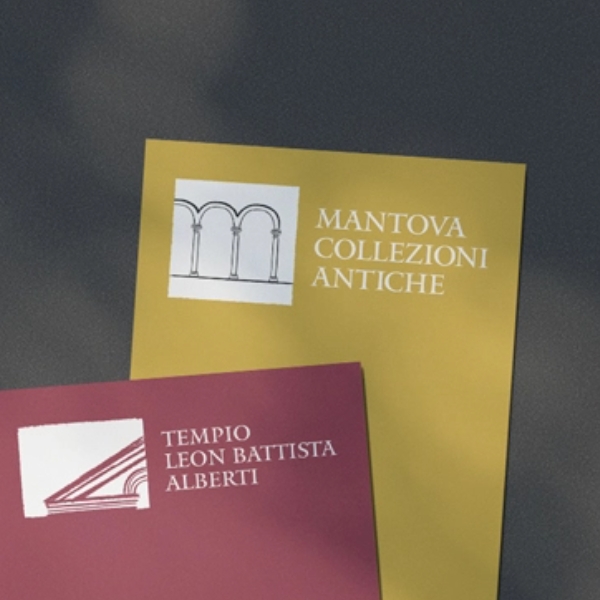According to the Egyptians, the ba was one of the spiritual entities that constituted the individual in life and whose survival beyond death was essential for the deceased. The two statuettes in the Acerbi collection clearly show its appearance as a human-headed bird, which is also often equipped with human arms and hands in pictorial depictions. Although lacking any real physicality, the ba had typically human attitudes, such as the need to feed and move.
The latter was his most important characteristic because it allowed him to leave the tomb on the sun boat to return to the world of the living and there find the necessary nourishment. As the sun at the end of the day continued its journey into the underworld to regenerate itself in union with the god Osiris, the ba had to descend back into the burial chamber and rejoin the physicality of the mummified body (sah). The disc on the head of the statuettes testifies to the association of the ba with the journey of the sun and, more generally, to the importance of the sun cult in the funerary conception of the Egyptians.
Late Period (664-332 a.C.) – Tolemaica Period (332-30 a.C.)
wood with traces of polychromy








